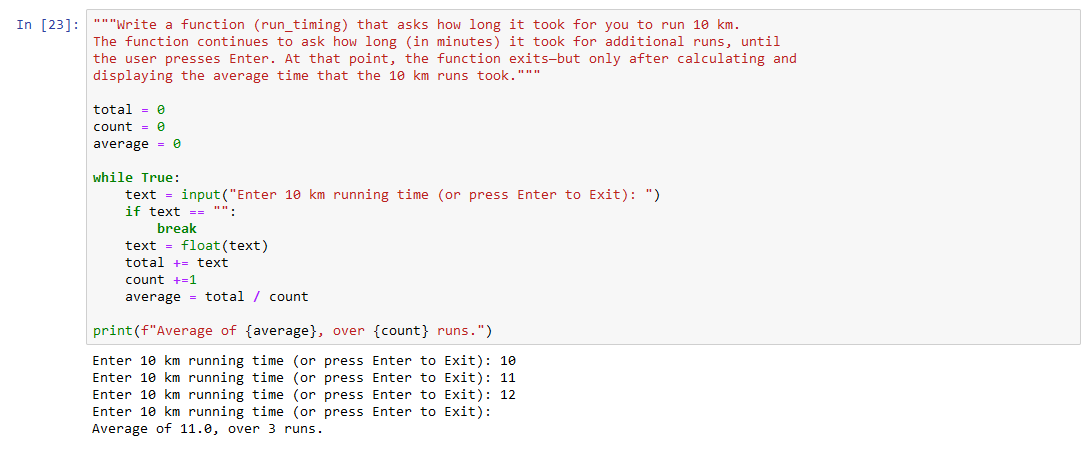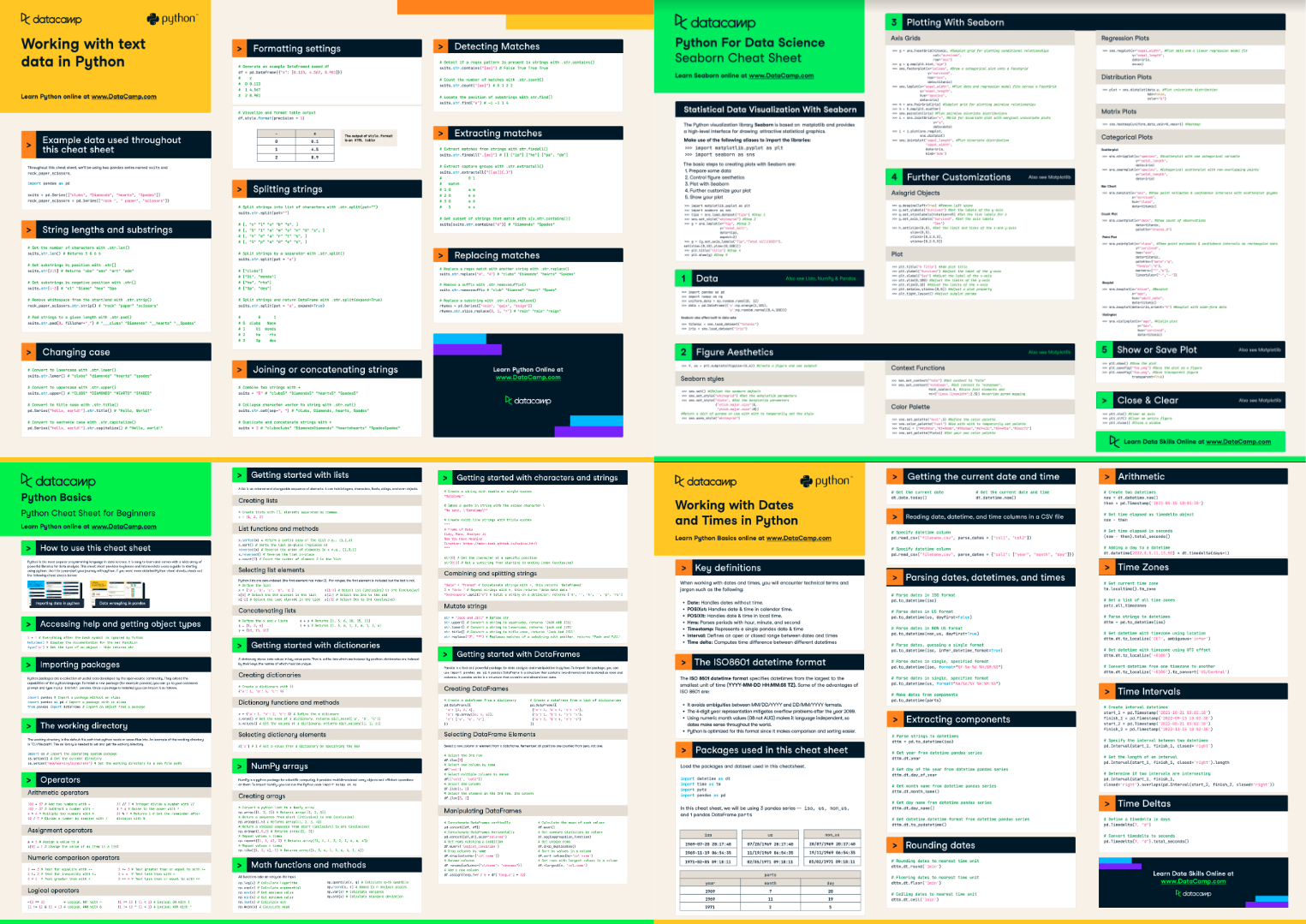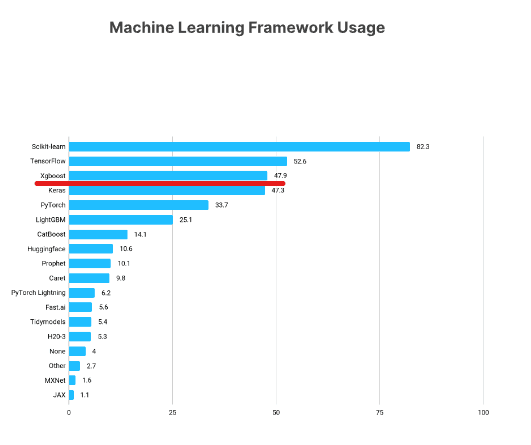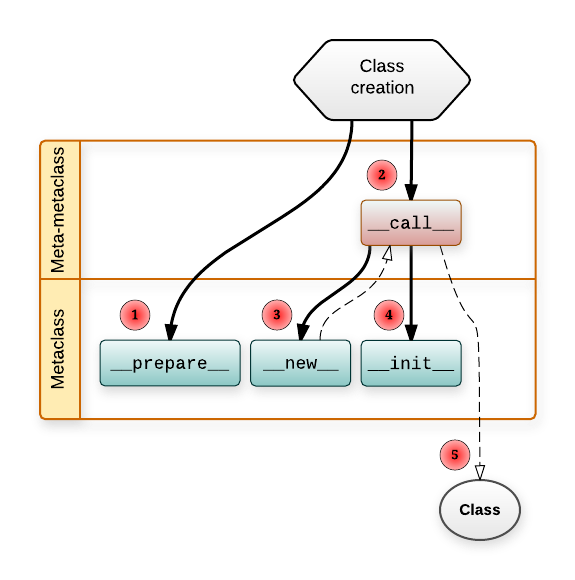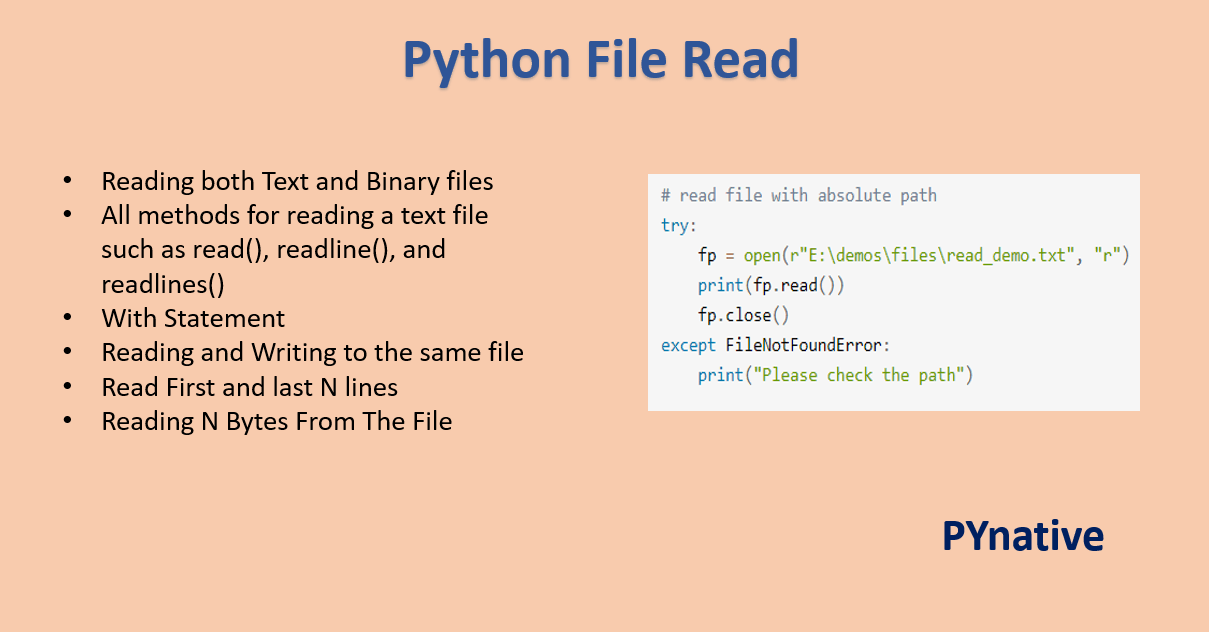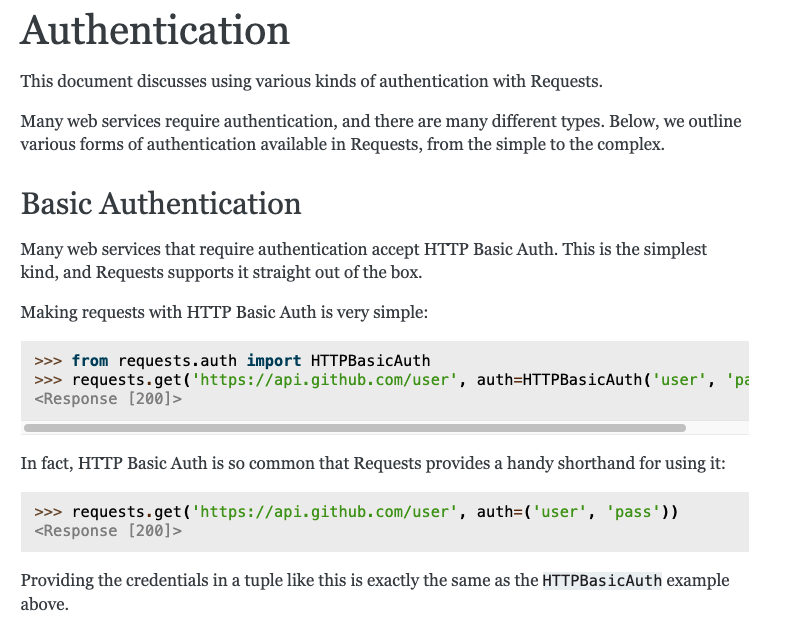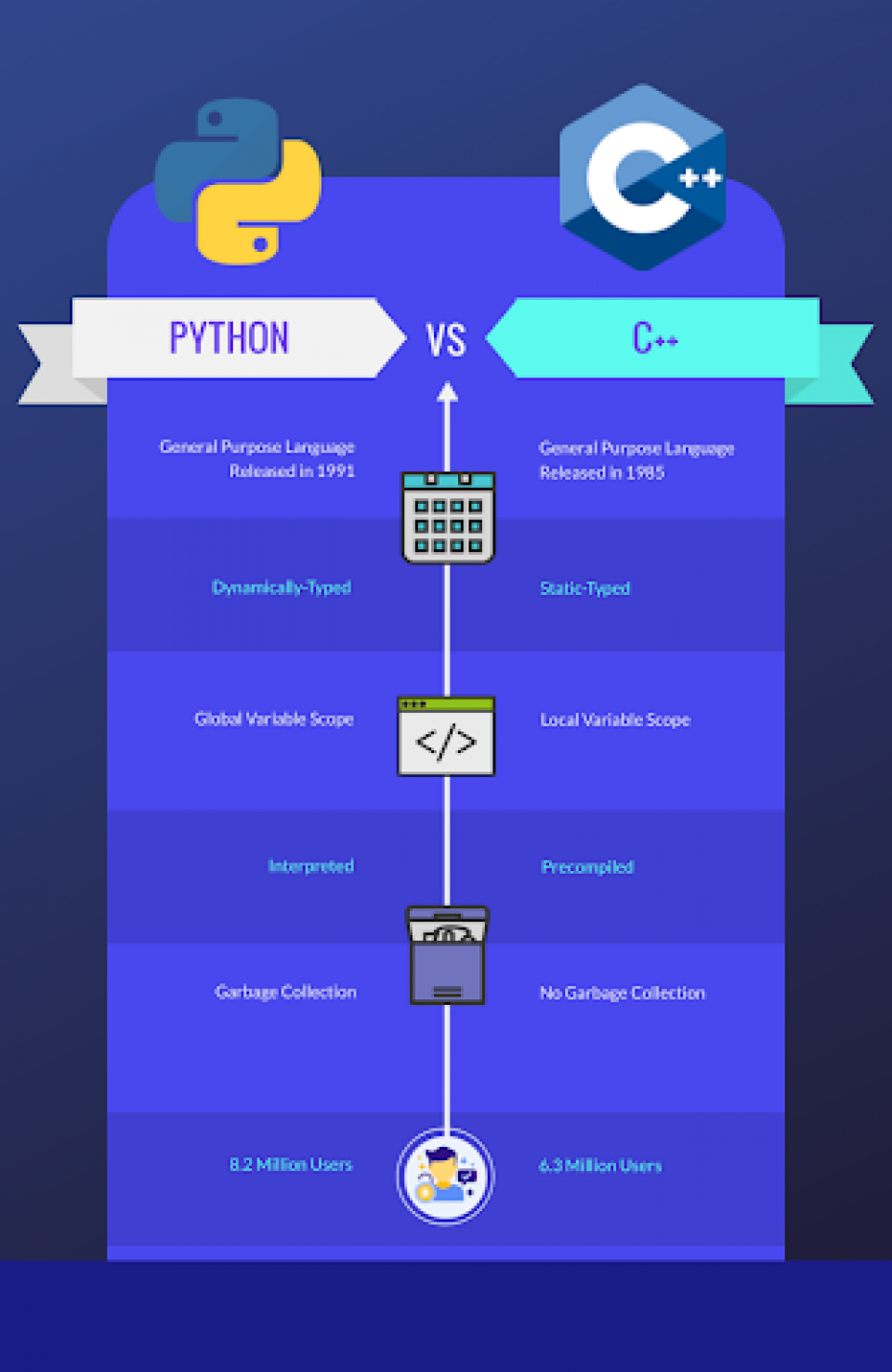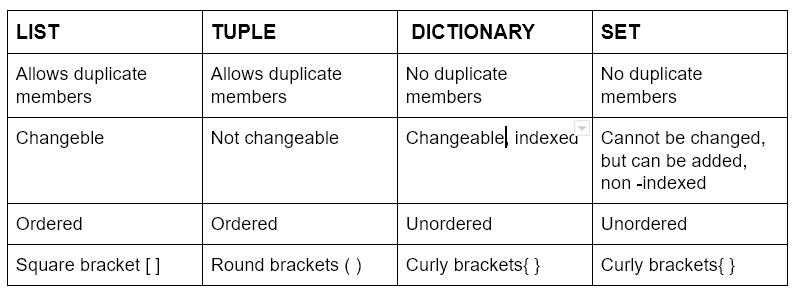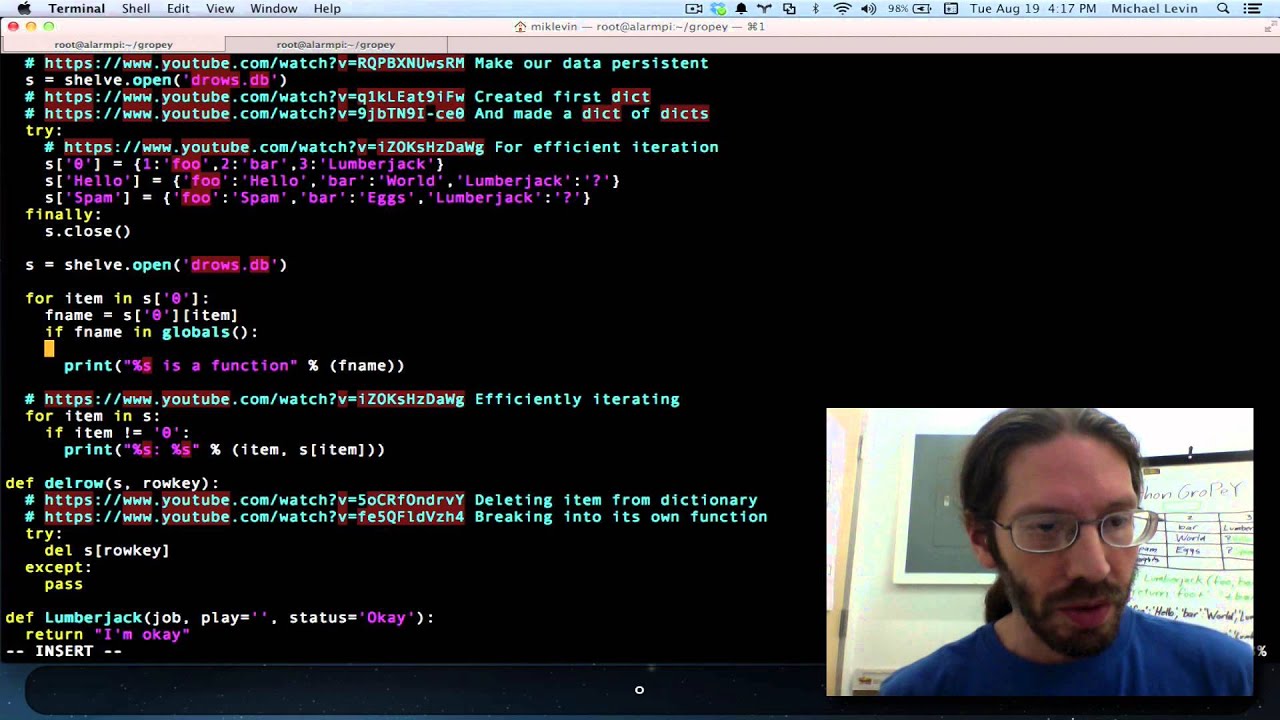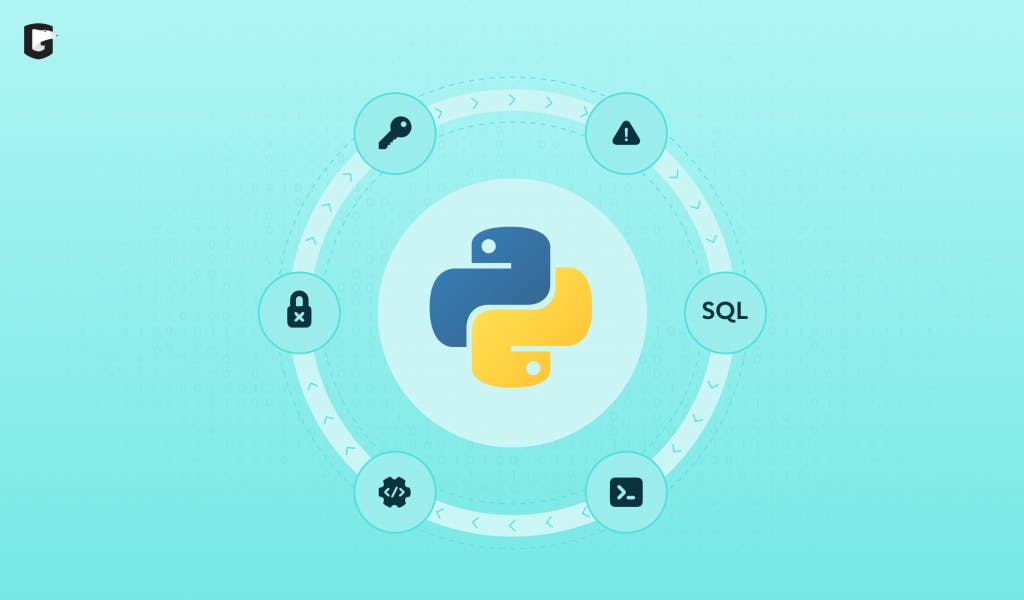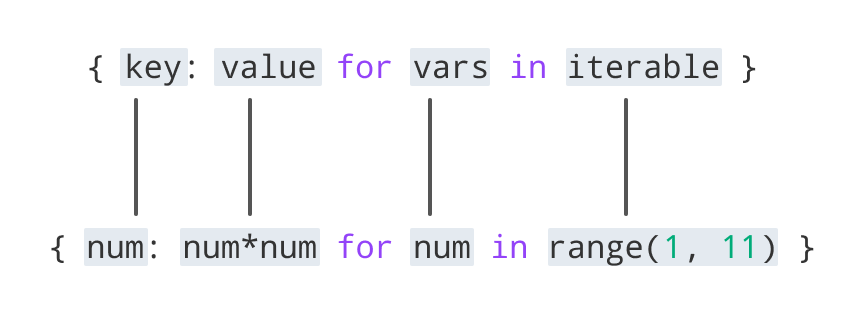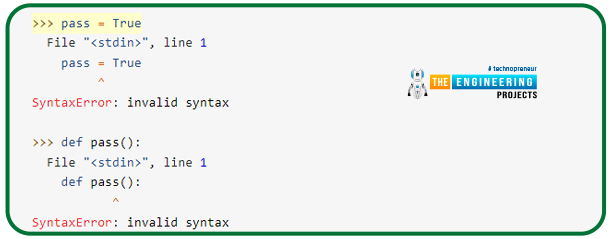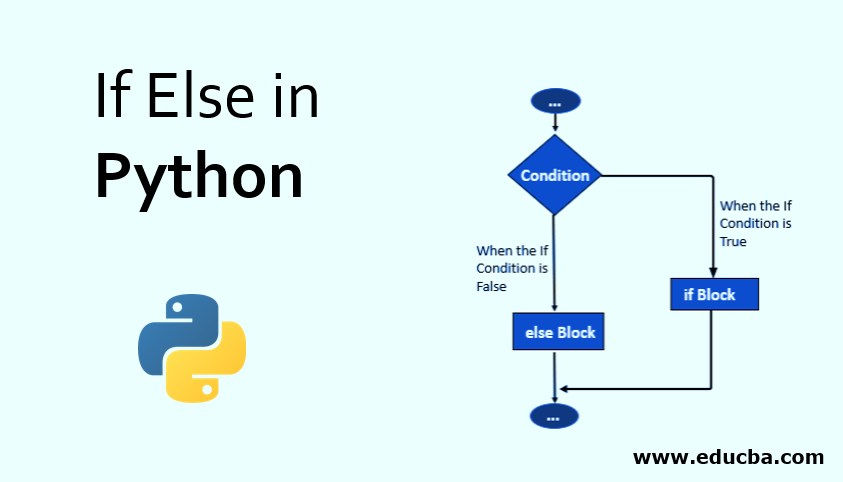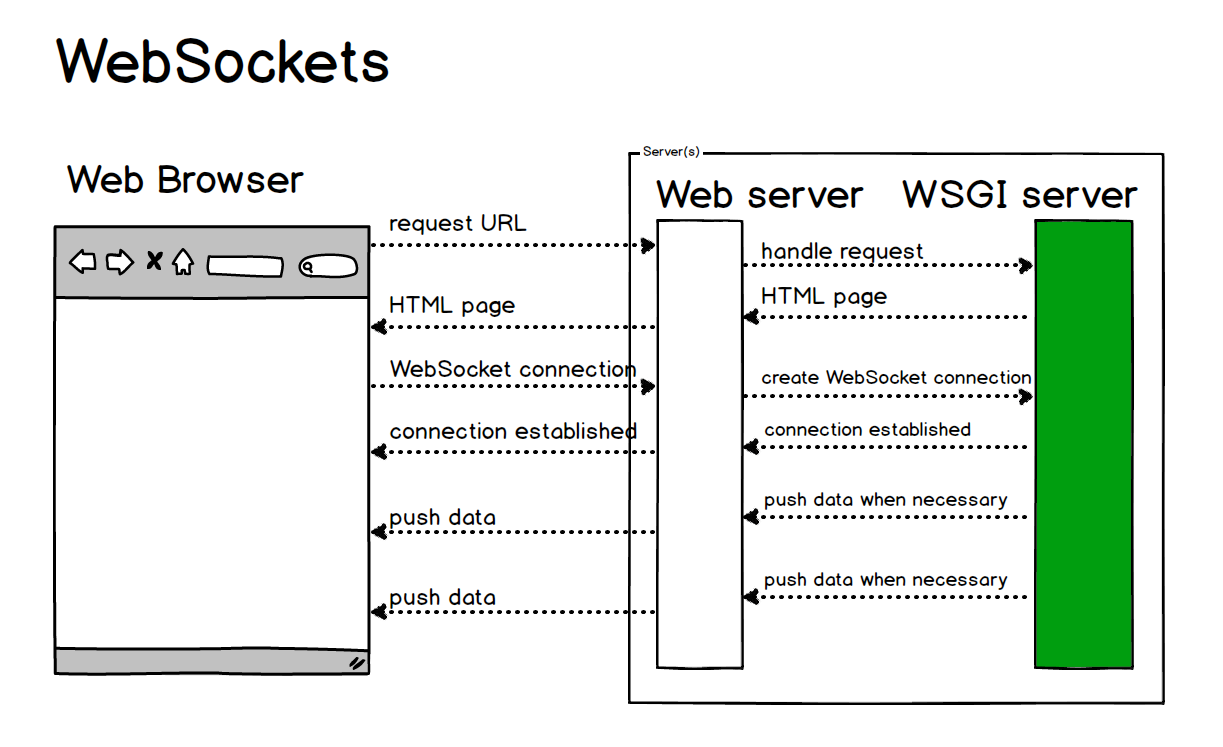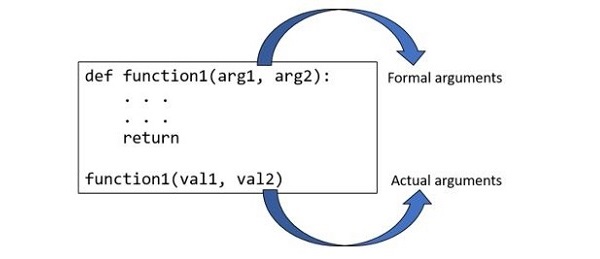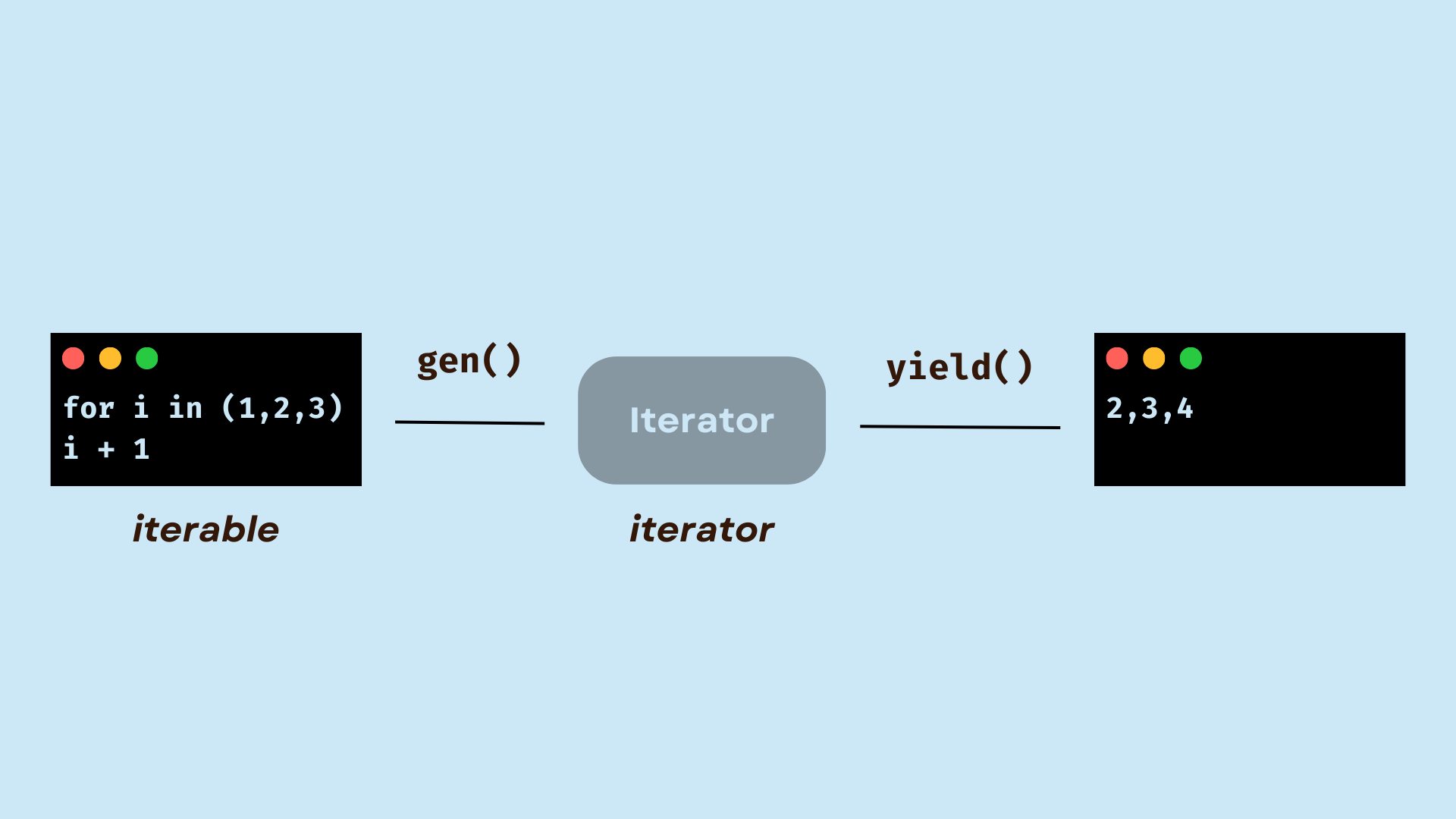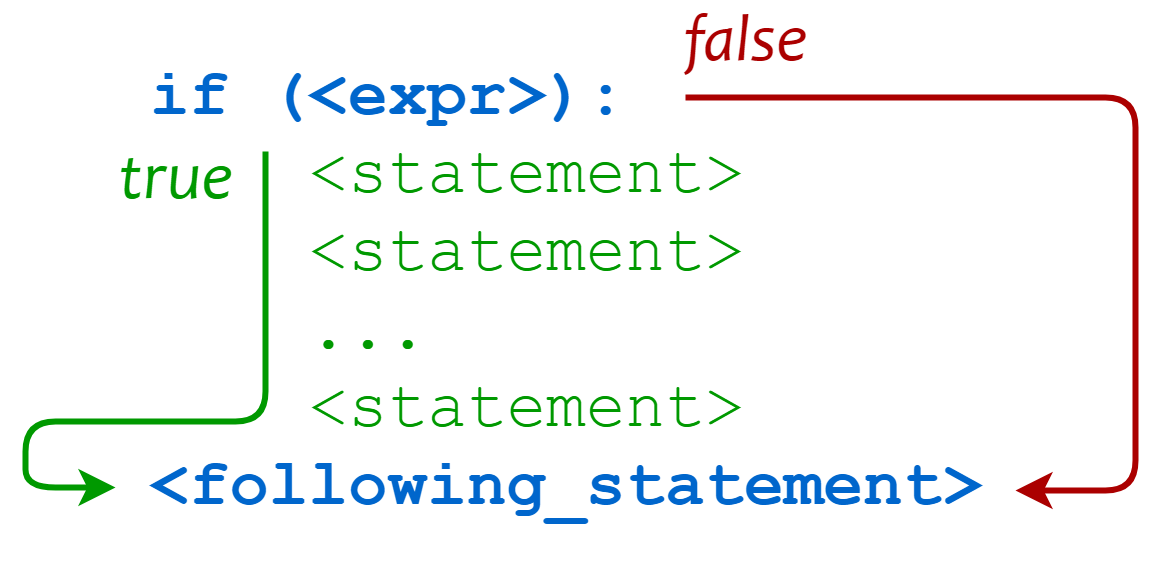Is iter in Python?
Is iter in Python?
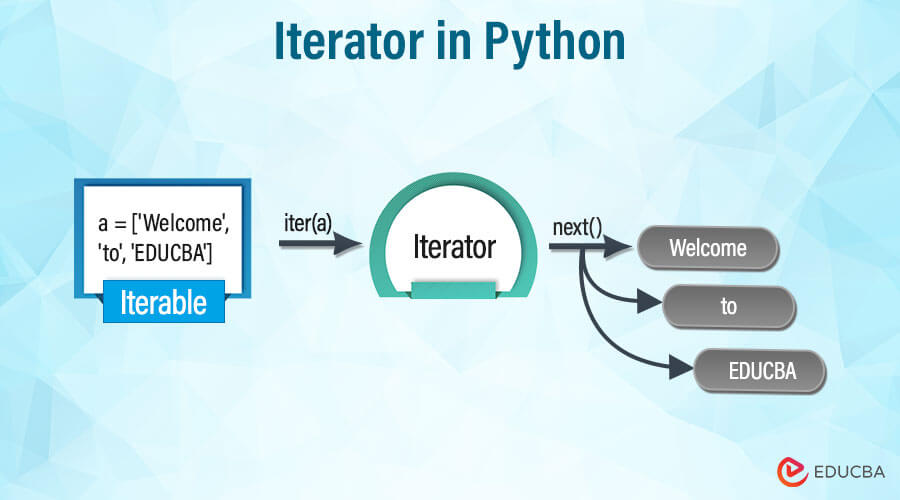
I'd be happy to help!
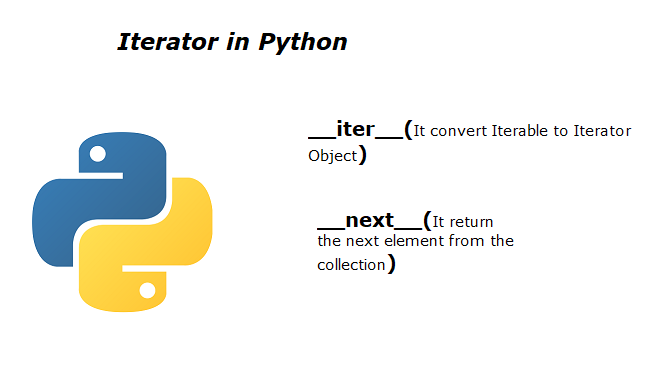
In Python, an iter object is an object that implements the iterator protocol. In other words, it's an object that can iterate over a sequence (such as a list, tuple, or string) and provide each element one at a time.
The iter() function in Python creates an iterator object from any iterable (like a list, tuple, dictionary, etc.). When you call iter() on an object, it returns an iterator object that can be used to iterate over the original object.
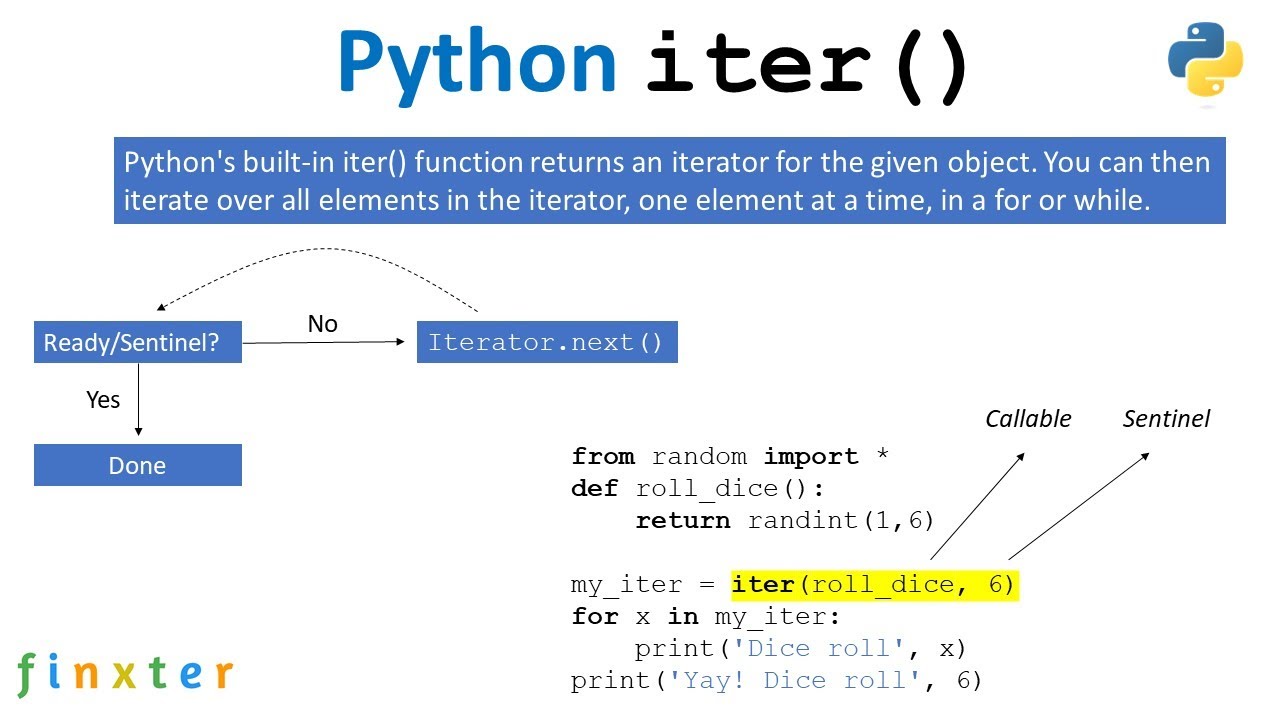
Here's an example:
my_list = [1, 2, 3, 4, 5]
Create an iterator from the list
my_iter = iter(my_list)
print(next(my_iter)) # prints 1
print(next(my_iter)) # prints 2
print(next(my_iter)) # prints 3
In this example, iter(my_list) creates an iterator object that can iterate over the elements of the list. The next() function is used to get the next element from the iterator.
The iter protocol in Python is based on the concept of "iteration". An iteration is a loop that iterates over a sequence and provides each element one at a time. The iterator object keeps track of its current position within the sequence, allowing it to provide the correct elements in the correct order.
Iterators are useful for several reasons:
Efficiency: Iterators can be more efficient than other iteration methods because they don't require creating a new list or array to store all the elements. Flexibility: Iterators can iterate over different types of sequences (like lists, tuples, strings) and even custom iterable objects. Readability: Using iterators can make your code more readable because you can iterate over a sequence without having to worry about indexing.In conclusion, iter in Python is a powerful tool that allows you to create an iterator object from any iterable. Iterators are useful for efficient, flexible, and readable iteration over sequences.
What is generator vs ITER in Python?
I apologize for the confusion earlier!
Now, let's dive into the world of generators and iterators in Python.
Generators
In Python, a generator is a special type of function that can be used to generate a sequence of results instead of returning a single value. A generator is defined using the yield keyword inside a function. When the yield statement is executed, it returns the specified value and pauses the execution of the function until it's called again.
Here are some key characteristics of generators:
Lazy evaluation: Generators only compute and return values as needed, which can be more memory-efficient than creating an entire list or array upfront. Stateful: Generators maintain their state between invocations, allowing them to pick up where they left off. This makes them useful for processing large datasets or infinite sequences. One-way: Once a generator is created, it can't be reversed or rewound.Iterators
An iterator is an object that allows you to traverse through a sequence (such as a list, tuple, dictionary, or set) and access its elements one at a time. In Python, the iter() function returns an iterator object for the specified iterable (like a list or dictionary).
Here are some key characteristics of iterators:
Stateful: Iterators maintain their state between invocations, allowing them to keep track of which element they're currently processing. One-way: Like generators, iterators can't be reversed or rewound once they've started iterating.Key differences
While both generators and iterators are used for processing sequences, there's a crucial difference:
Generator: A generator is a special type of function that generates values on-the-fly using theyield statement. Iterator: An iterator is an object that allows you to traverse through a pre-existing sequence.
To illustrate this, consider the following example:
def infinite_sequence():
num = 0
while True:
yield num
num += 1
gen = infinite_sequence()
print(next(gen)) # prints 0
print(next(gen)) # prints 1
print(next(gen)) # prints 2, and so on...
In this example, infinite_sequence() is a generator that generates an infinite sequence of numbers starting from 0. The next() function is used to retrieve the next value in the sequence.
On the other hand, iterators are typically used with existing sequences:
my_list = [1, 2, 3, 4, 5]
itr = iter(my_list)
print(next(itr)) # prints 1
print(next(itr)) # prints 2
print(next(itr)) # prints 3, and so on...
In this example, my_list is an existing list, and we create an iterator object using the iter() function. The next() function is used to retrieve the next element in the sequence.
Conclusion
Generators and iterators are both powerful tools for processing sequences in Python. While they share some similarities, generators are special functions that generate values on-the-fly using the yield statement, whereas iterators are objects that allow you to traverse through pre-existing sequences. By mastering these concepts, you'll be able to write more efficient and effective code in your Python projects!



